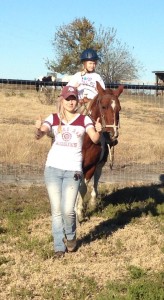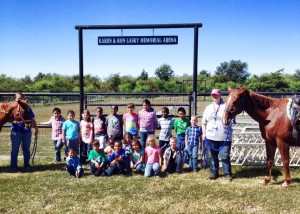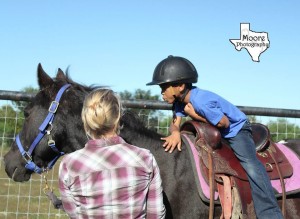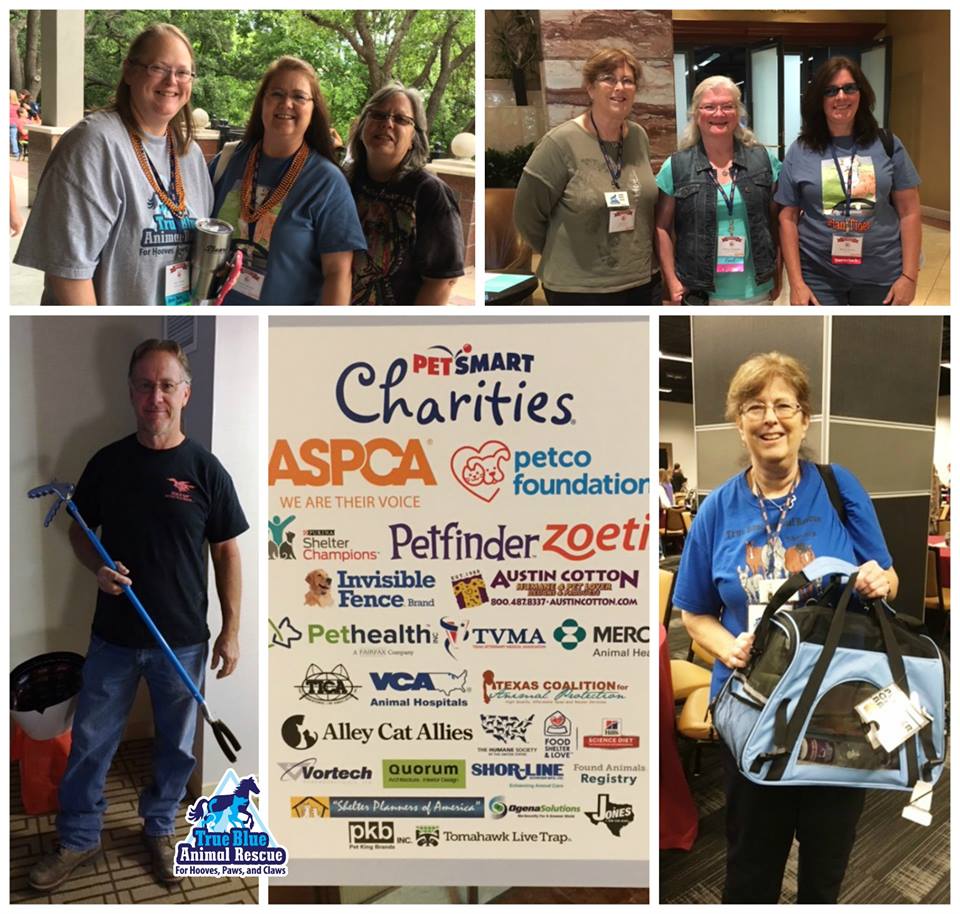
Six True Blue Animal Rescue members went to Texas Unites for Animals in Austin on April 22 – 25. We learned about fundraising, marketing, animal care, rescue management and so much more. Not only did we learn we had fun and won prizes too. Dale won a cat catcher (bottom left) and Linda won a cat carrier with other pet goodies inside. (bottom right). This fabulous event was brought to you by all the sponsors on the center bottom poster. We can’t thank them enough for helping the people of Animal Rescue learn more so we can help more animals!
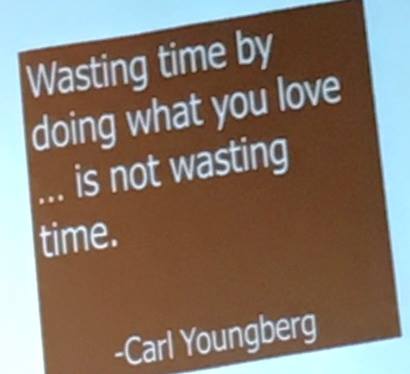
From Melanie:
One of the sessions I attended at Texas Unites for Animals was called ‘Take the Time to Save Time’ and the presenter was Carl Youngberg.
Rescuers spend countless hours helping animals in addition to other jobs and taking care of family. Time management is something we can all benefit from. This slide really struck me though because we feel like we’re spinning our wheels sometimes and wasting time but we love what we do so it’s never a waste!
It is important to prioritize what we’re doing to make sure that we focus on tasks that contribute toward a long term goal. For rescuers that’s helping animals but it’s also sustaining a viable rescue that can maintain and continue to rescue animals for years to come. After prioritizing tasks we need to evaluate and be sure we are doing those tasks. To help with this we can ask ourselves questions at the end of the day such as:
- What went right today? What went wrong? Why?
- What time did you start on your top priority task?
- What stopped you from getting to your priority task?
Write down the answers on a log and adjust your day so you can get to your priorities the following day.
A final slide presented said it all: “Plant a Thought, harvest an act. Plant an act, harvest a habit. Plant a habit, harvest a character. Plant a character, harvest a destiny.” Rescuing is such a worthy cause and we need more people standing strong for animals. It’s very important to balance rescue, family and fun time so we don’t burn out and can stay in it for the long haul!
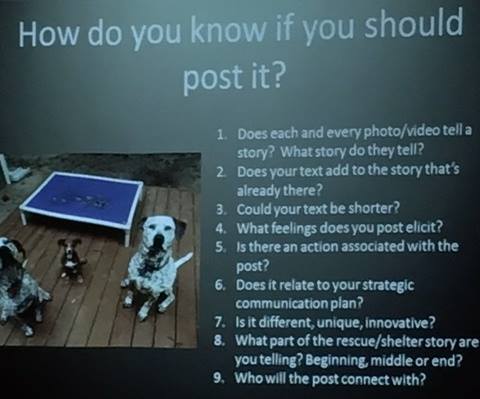
Social media can go in one of two directions, good or bad. Social media is where people turn to for information now. Statistics show that 76% of adult internet users are now active on social media, 72% of those use their smart phones instead of computers. There are 342 million active Twitter users & 1.49 billion active users on Facebook.
Bad news travels fast, but people will listen if you are out telling your story. News media sources are just one sided. There are two types of crisis, man-made such as PR & natural disasters such as weather, fire, etc. There are four steps to take 1. Prepare/Anticipate 2. Buy Time-assess the situation 3. Disseminate Information 4. Wrap Up
For step one know who is talking about you, establish notification & monitoring systems, identify and know your stakeholders, make friends with the media especially ones that cover animal stories, identify your team & spokesperson ahead of time or your Point of Contact/Public Information Officer, & build a good offense. The best defense is a good offense. Show how hard the group is working & the good you are doing. Post things to identify the agency/group such as staff, vehicles, uniforms, etc. People get agencies confused so add graphics of various agencies with contact information.
In step 2 buy time, gather information and assess the situation, Release a holding statement or a generic statement which are careful calculated responses. Assess the situation online, or gauge the temperature. Holding statements are messages designed for use immediately after a crisis breaks. They can be developed ahead of time, can be used in a variety of scenarios, & don’t require hard factual information. Basically they are bland, factual, show empathy, action, & transparency. Get the holding statement out quickly after a crisis. Do not let media find other sources for news since this is how rumors get started. If you must respond to comments do so without being defensive or releasing details. Like comments that are supportive of the organization.
Step 3 is disseminating information, get the facts out. This is the opposite of the holding statement. Use social media as your “bulletin board.” Create a phone message that states refer to Facebook or other social media sites used. If there is a media release explain who, what, why, where, & when.
In step 4 it is time to wrap it up. Include “about us”, “contact info”, “additional information.” Never respond negatively or to something you do not understand.
Another thing to watch out for is if you have Facebook posts set for scheduled times to be posted, be careful of past events. For example, a website for guns & ammo scheduled a post that was released the day after the massacre shooting at the movie theater in Colorado that stated “Happy Friday shooting” This would be an example of a man made crisis. Always be vigilant and proactive and this should be your best offense.
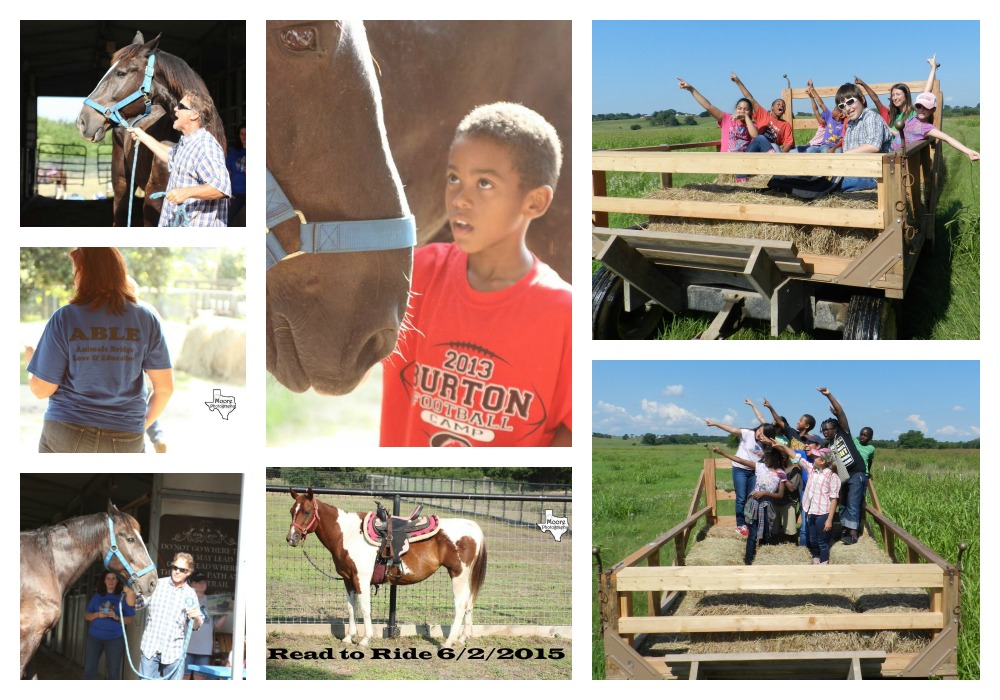 The rain finally subsided and we were able to have our third grade Read to Ride day at True Blue Animal Rescue. These students from Alton Elementary School in Brenham read a book and wrote a report over Christmas break in order to come out and ride a horse and enjoy a hay ride. This reading incentive is also a wonderful opportunity to educate children about animal care and to help them develop compassion and empathy for animals. The horse that had the biggest impact was our b
The rain finally subsided and we were able to have our third grade Read to Ride day at True Blue Animal Rescue. These students from Alton Elementary School in Brenham read a book and wrote a report over Christmas break in order to come out and ride a horse and enjoy a hay ride. This reading incentive is also a wonderful opportunity to educate children about animal care and to help them develop compassion and empathy for animals. The horse that had the biggest impact was our b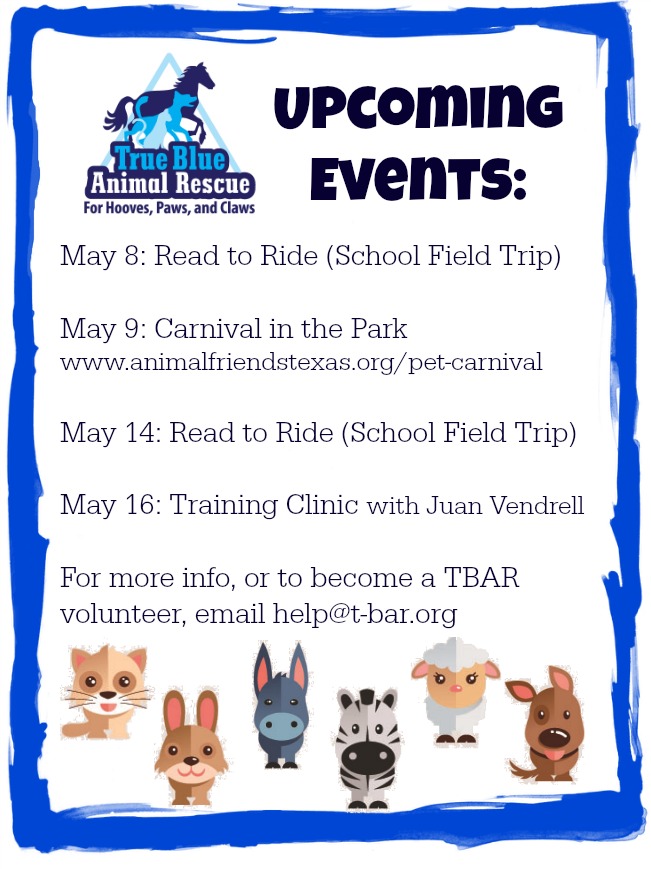
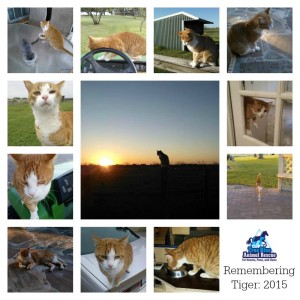

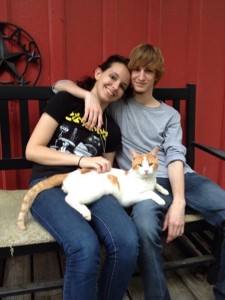
 This week we shared a story about
This week we shared a story about 
